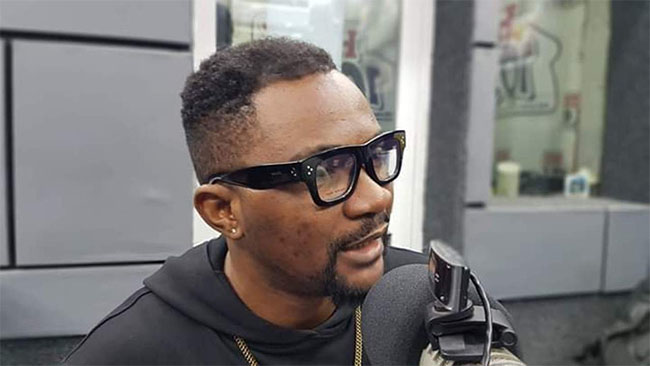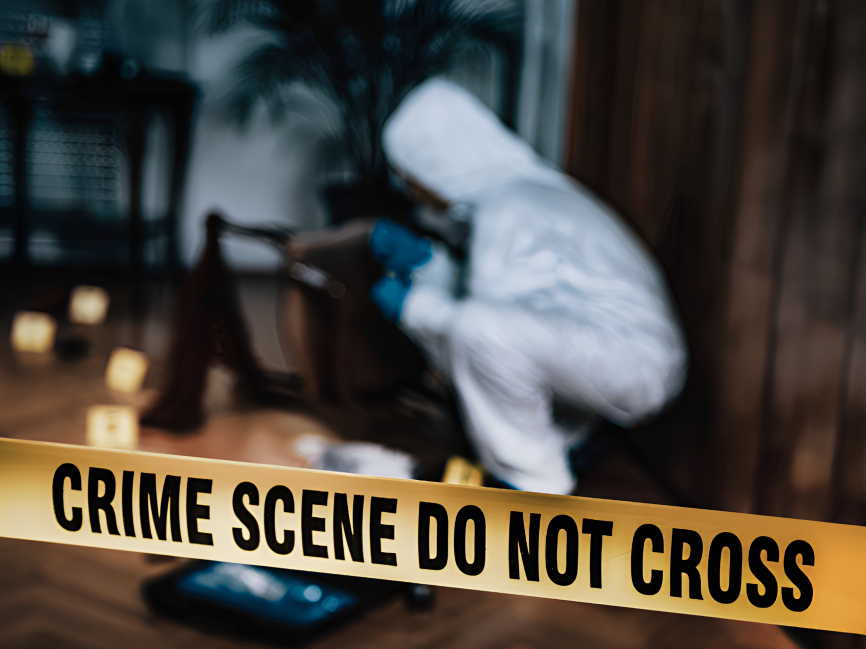
You can say something powerful and still not be heard—if you don’t allow your words to breathe. One of the most overlooked skills in public speaking is the ability to pause. Many speakers treat silence as a threat.
They rush from sentence to sentence, trying to fill every gap with words. But in reality, silence is a tool—a speaker’s hidden weapon. A well-timed pause can do three things instantly: command attention, give weight to your message and show confidence. The speaker who knows how to pause—not awkwardly, but intentionally—always sounds more composed, more thoughtful and more in control.
Use silence to replace the noise
In my coaching sessions, I always say: your audience can’t digest everything you say unless you give them time to absorb it. Silence isn’t just a break—it’s a signal. It tells the room: “This matters.” It gives people space to reflect.
And just as importantly, it gives you time to think clearly before your next point. Pauses also help eliminate filler words. Instead of saying “uhm,” “errr,” or “you know,” simply stop talking. Breathe. Then continue. These small changes in delivery can dramatically shift how your message lands.
Example 1 – The boardroom debrief
One of my mentees, a project manager, had a habit of rushing her delivery. She was leading a high-stakes post-launch review and wanted to sound prepared—but her sentences kept spilling over each other, making her points hard to follow. We practised a simple technique.
Every time she completed a key point, she would pause, count “1, 2” in her head, and then move on. It felt unnatural at first; but in the actual presentation, the change was obvious. She looked calm. She sounded credible. A director told her afterward: “You had our full attention—your words actually landed.” That’s the power of pause.
Example 2 – The groom’s speech
I once hosted a wedding where the groom was extremely nervous. Before the reception, he asked me: “How should I start my speech? I don’t want to mess it up.” I gave him one piece of advice: “Just walk up. Smile. And pause.” He did. He walked to the mic, took a breath and stood quietly for about five seconds. The room hushed. People stopped talking. Then he said: “I don’t even know where to begin… but thank you for being here.” Simple. Heartfelt. Because of that pause, his words didn’t just fill space—they held meaning.
Example 3 – The groom’s speech
Another speaker I coached was preparing to lead a youth workshop. She was passionate but spoke quickly, fearing she’d lose her audience. I told her: “If you want them to follow you, they need to catch their breath with you.” She added short pauses between each main point. She even built in silence after asking a question, resisting the urge to fill it herself. The result? Engagement went up. Participants started thinking, not just hearing. Her message didn’t feel rushed—it felt real.
Final thoughts
In over 500 hosted events and mentoring more than 130 individuals, I’ve come to realise this: speaking isn’t just about what you say. It’s about what you let linger. A pause signals that you’re in control. That you’re not rushing. That what you just said mattered.
So the next time you’re about to say “uhm,” try this instead:
- Stop
- Pause
- Breathe
- And let your message land.
Sometimes, the most powerful part of your speech… is the silence in between.
>>>David Dei-Awuku (Mr Dei) is a renowned Master of Ceremonies and public speaking coach who has hosted over 500 events and mentored more than 130 individuals across the world. Connect: www.mrdei.com | [email protected]
The post Mic Check with Mr Dei: Pause with power: The underrated speaking tool appeared first on The Business & Financial Times.
Read Full Story






















Facebook
Twitter
Pinterest
Instagram
Google+
YouTube
LinkedIn
RSS